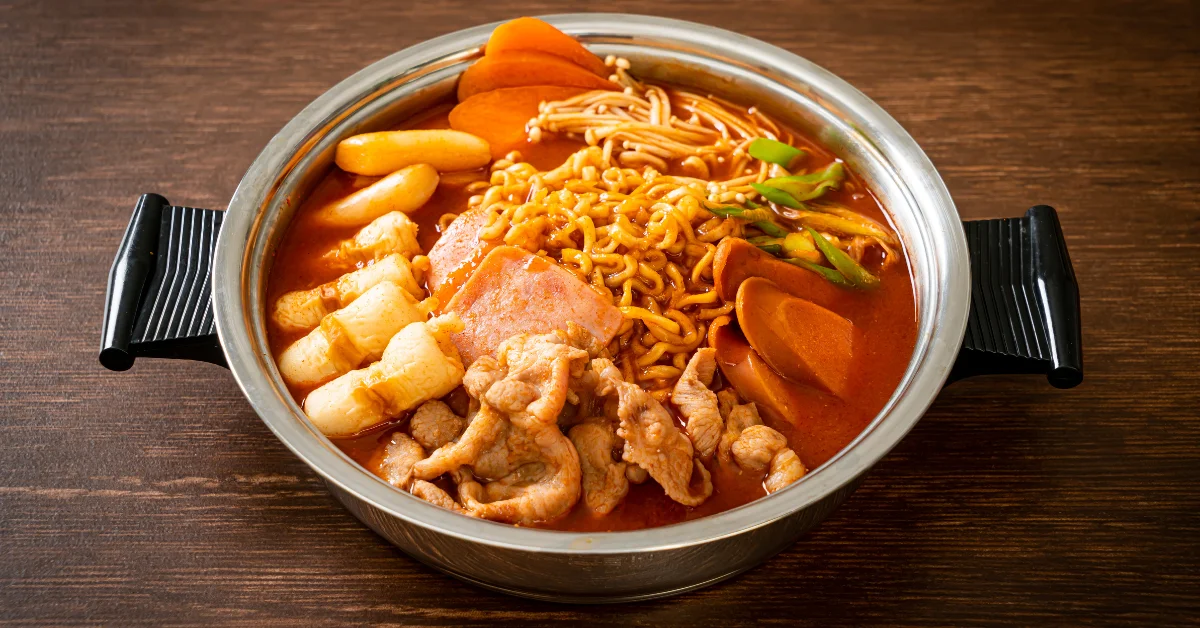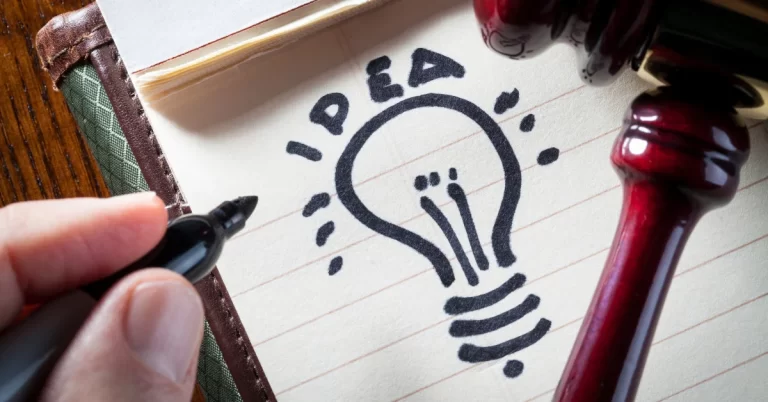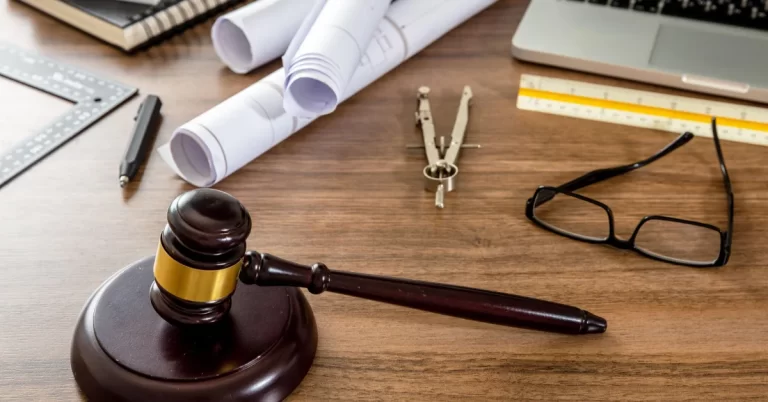The Stew and the Story: What Budae Jjigae Taught Me About Invention and Identity
The first time I watched someone make budae jjigae, I experienced a kind of culinary cognitive dissonance. My brain struggled to reconcile what my eyes were seeing:
“Wait… is that Spam… next to baked beans… being added to a traditional Korean stew base?”
Yes. And also yes.
For the uninitiated, budae jjigae (army base stew) is the unlikely fusion of processed American military rations and traditional Korean ingredients—born during the devastating poverty of the Korean War when survival meant scavenging whatever food could be found near U.S. military bases.
At some point, a nameless Korean cook looked at these disparate ingredients—Spam, hot dogs, baked beans, government-issue cheese, kimchi, gochujang—and instead of seeing random leftovers, saw possibility. “This is what we have. Let’s make something that sustains us.”
The result is a dish that, by all conventional culinary wisdom, shouldn’t work at all. Yet somehow, it transcends its contradictions to become something greater than the sum of its mismatched parts. A desperate improvisation that evolved into comfort food. A survival mechanism that transformed into cultural touchstone.
And, as I’ve come to realize, one of the most perfect metaphors for how innovation actually happens in the real world.
Invention Rarely Happens in Sterile Labs
We love to romanticize innovation—picturing it emerging from gleaming research facilities or at least the mythical Silicon Valley garage. The reality is usually messier, less photogenic, and far more interesting.
Real invention often looks like:
- The 2 AM workaround when the original approach fails spectacularly
- The “temporary” solution that ends up in the final product
- The duct-taped prototype that somehow works better than the polished version
The most compelling innovations I’ve encountered in my work rarely came from abundance. They came from constraint thinking—the mental framework that says, We need to solve this problem with whatever resources we currently have available.
There’s a certain creative tension that emerges when you’re working with limitations. When you don’t have enough funding, or processing power, or time—you start seeing possibilities in unexpected places. You repurpose. You combine. You improvise.
Just like that first cook who looked at army surplus food and traditional Korean ingredients and saw not incompatibility, but opportunity.
My Identity Lives in That Same In-Between Space
As a Korean American, I’ve spent my life navigating between worlds, never fully belonging to either, but creating something unique in the borderlands.
My weekdays were filled with science projects and cafeteria lunches. My weekends were Korean church services, the perpetual hum of a rice cooker, and my grandmother’s gentle but persistent corrections on my bowing technique. I didn’t choose this dual existence—I was simply born into it.
But over time, I’ve come to recognize that this “in-between” isn’t a deficit or a confusion. It’s a unique vantage point that allows me to see connections others might miss. To translate not just language but context. To understand that contradiction isn’t weakness—it’s versatility.
I’ve learned that mixed identities, like mixed ingredients, often create something more resilient, more adaptable, and ultimately more interesting than purity ever could.
When I Work With Inventors, I Recognize the Pattern
Now, working with inventors and innovators, I see the budae jjigae principle everywhere.
A brilliant medical device cobbled together from off-the-shelf components because custom manufacturing was out of reach.
A breakthrough algorithm running on hardware it was never designed for, because that’s what the team had access to.
A software solution that combines three seemingly unrelated approaches because the conventional method couldn’t handle the specific challenges.
To the untrained eye—or to someone fixated on conventional notions of elegance—these might look like compromises. Messy. Inelegant. Not “real” innovation.
But I recognize them for what they are: authentic problem-solving born from necessity and ingenuity. The most honest kind of invention.
Because innovation doesn’t need to wear a sleek titanium case or emerge from a famous research lab to matter. It just needs to work—to solve a real problem for real people. And if it does that effectively, it deserves recognition and protection, regardless of its origin story or aesthetic appeal.
Why This Perspective Matters
Food taught me early and viscerally that unfamiliarity or unconventionality isn’t a valid reason to dismiss something’s value. What looks strange to one person might represent brilliant adaptation to another. What seems like an odd combination might actually be a perfect solution to a specific problem.
This perspective has become central to my work in patents. I’ve made it my mission to look beyond surface presentations and into functional purpose. To find value in approaches that might seem unorthodox to others. To listen for the problem behind the solution. To translate complex technical achievements into language that captures their true innovation, not just their appearance.
Whether evaluating a stew recipe or a startup’s technology, I’ve learned that the most important element is often the story behind it—the specific constraints that shaped it, the persistence that brought it to life, and the genuine need it addresses.
A Final Thought
Budae jjigae was never meant to be elegant. It wasn’t created to win culinary awards or impress food critics. It was created to feed hungry people with whatever was available. Its beauty lies not in adhering to traditional standards but in transcending them to create something new and necessary.
I carry this perspective into every inventor meeting, every patent draft, every application I work on.
Because protecting innovation means understanding where it really comes from—not from perfect conditions or unlimited resources, but from human ingenuity applied to real-world constraints.
Not the pitch deck, but the process behind it. Not the polished presentation, but the perseverance it represents. Not the final product, but the fascinating journey of compromises and breakthroughs that brought it into being.
Like budae jjigae, the most valuable innovations often come from unexpected places and unlikely combinations. And recognizing that truth—seeing the brilliance in the blend, the ingenuity in the improvisation—is the first step to ensuring these innovations get the protection and recognition they deserve.






